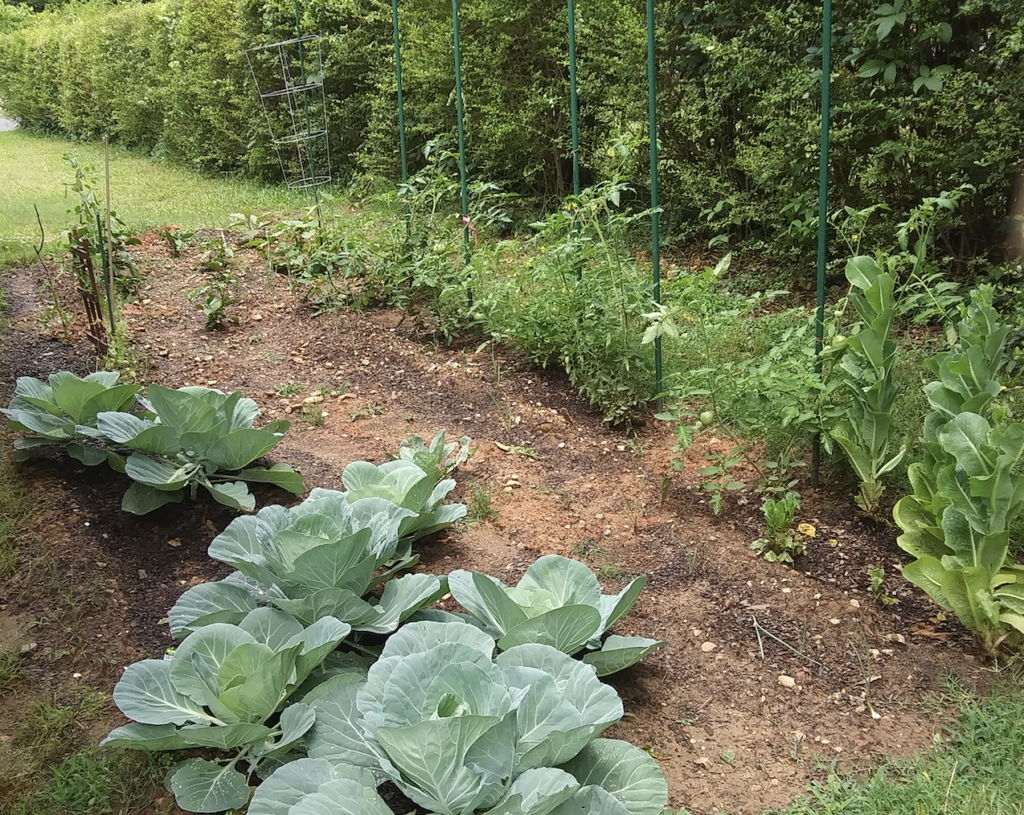You don’t need a big back yard or lots of equipment to start your first garden and begin growing your own fresh fruits and vegetables. You can even start gardening if you live in an apartment or condo.
It’s actually better to start small your first year to get a feel for what gardening is all about. Follow these tips to be successful with your first garden, which can grow into a fun hobby, a way to cut your grocery bills and big step toward eating healthy for many years to come.

#1 Follow the Sun
Take a few days to determine where your yard will have the most sunlight. For most fruits and vegetables, you’ll need at least eight hours of direct sunlight on the plants for the best results. This means you might not be able to start a garden in your backyard if there’s not enough sunlight. Six hours might be enough for some plants, but you might not get the biggest tomatoes, eggplants or zucchini.
Many municipalities won’t let you situate a fenced-in garden in your front yard, but you can spread plants around the perimeter. Since you’ll be starting your first garden with only a half a dozen plants or less, look for several areas around your front yard where you can plant vegetables and fruits in a container and let them grow tall with the support of a stake or two.
#2 Choose Your Plants
It’s easy to learn which plants will grow best in your locale and what time of year to plant them with a quick Google search. For example, okra requires high temperatures and will grow better down south than up north. Cabbage needs cooler temperatures and is a fall plant.
Some vegetables grow under the ground, such as carrots, radishes, beets, onions and potatoes and you won’t need to worry about their height. Other fruits and berries, such a tomatoes, zucchini, eggplant, squash, strawberries raspberries and peppers, grow on vines above ground. Where you plant (e.g., windowsill, balcony, deck or flat land) will dictate what types of plants you should choose.
#3 Seeds or Plants?
You can start plants from seed indoors in small cups if you want to get a head start before the growing season. Even if you wait until spring and buy your fruits and veggies from a garden center as small plants, they’ll be cheap (less than $5 each). YouTube has many videos that will show you how to start plants from seeds inside your home.
#4 Add Some Flowers
Bees help pollinate your plants, so put some flowers around your garden to attract these helpful workers. Ask your local gardening store expert for recommendations for several flowers to make sure you have blooms spring, summer and fall.
#5 Pots vs. Plots
You don’t need land to plant a garden. Container gardens are popular for urban dwellers or those just getting started. Containers work well on decks, patios, balconies, porches, rooftops and window ledges. You can buy pots at a garden store or use containers you have around the house. You can even start a garden inside a wheelbarrow. Containers let you create a portable garden that you can move once each day to maximize plant’s time in the sun.
#6 Prep Your Soil
Depending on where you live, you might have soil that’s not well suited for growing fruits and vegetables. Your local garden store experts can help you determine if you can stick plants directly into the ground at your house, or if you’ll need topsoil, lime or other items to prepare your planting area. Turn up some soil in your yard, take a pic on your cell phone and bring it to your home and garden center (along with a baggie a soil sample) for free, expert advice.
If you’re planting in the ground, plan on using a spade, hoe, wheelbarrow and hose. If you’re committed to a large garden, you might want to rent a rototiller to prep your soil. Purchase some fencing and growing stakes to keep plants upright as they grow and bear fruit.
#7 Water and Weed
You don’t need to water your plants every day. Once or twice a week is enough if the watering is deep enough. Keep an eye on weeds and pests and look for online tips to keep insects from eating more of your fruits and veggies than you do. For example, putting coffee grounds around your plants can keep some pests away (they don’t like the smell).
#8 Eat and Enjoy
Know when to harvest your fruits and veggies, and if certain plants need pruning. This will help you grow the largest, most flavorful tomatoes, carrots, strawberries and peppers. You can find an answer to virtually any gardening question you have by typing into a search engine and including the name of your state (for more specific advice).